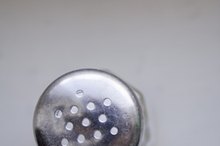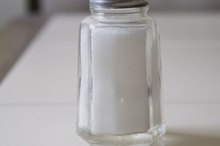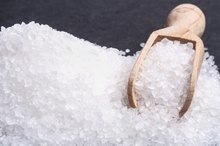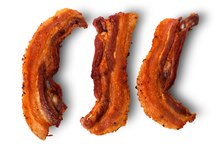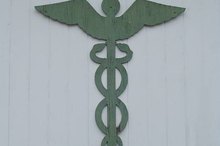No-Salt Diet
To remain healthy, you only need roughly 200 to 300 milligrams of sodium per day. Unlike the name implies, a no-salt diet allows salt but requires you to restrict added salt. For this reason, it's commonly known as a no-salt-added diet. This differs from a low-salt diet, which allows added salt in limited amounts. Your doctor prescribes a no-salt diet if you have conditions such as high blood pressure, heart disease, kidney failure or edema.
Tailored to Your Needs
Your doctor will tailor the no-salt diet to your specific needs. The amount of sodium you can safely consume each day depends on your condition. Salt occurs naturally in some foods and is added to others. General guidelines include replacing table salt with herbs and spices when cooking and avoiding foods high in added salt, such as processed meats, canned soups and salted snacks like pretzels.
When It's Time to Shop
What Is the NAS Diet?
Learn More
Your physician or dietitian will likely provide a "safe list" to make it easier when you go grocery shopping, along with specific guidelines and tips. Reading labels will play a major role in choosing the appropriate foods. Products canned in brine such as olives, pickles and relish contain too much added sodium. Some packaged foods labeled "no added salt" still contain high sodium levels. Choosing fresh or frozen fruits and vegetables over canned gives you control over added salt. Your physician will provide a specific sodium goal for you to stay within, which will help you with meal planning.
Related Articles
References
Writer Bio
Janet Renee is a clinical dietitian with a special interest in weight management, sports dietetics, medical nutrition therapy and diet trends. She earned her Master of Science in nutrition from the University of Chicago and has contributed to health and wellness magazines, including Prevention, Self, Shape and Cooking Light.
